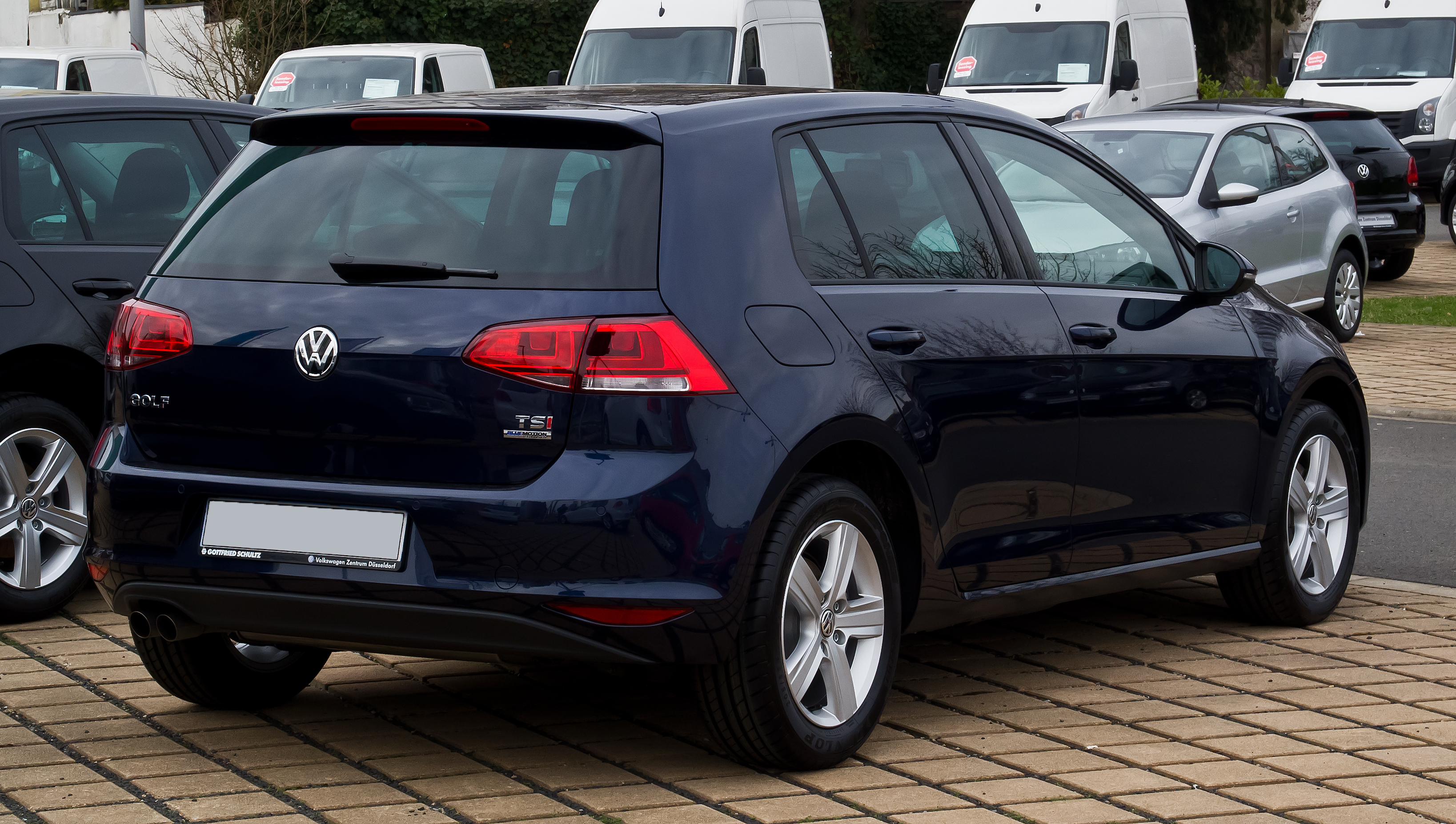
With a limited 125-mile range, the Volkswagen can’t keep up with Hyundai in a marathon, but around town commuting shouldn’t be an issue. Driver assists that are standard on the Kona are available on the e-Golf, however the e-Golf offers features the Kona can’t match, like VW’s cool digital cockpit. Recharging times using a Level 2 charger (220-240V) takes about 6 hours for the e-Golf versus the Kona’s 7.5 hours. The Kona delivers twice the range, has more standard features including collision avoidance systems and has a better warranty. The e-Golf cost less, has a more upscale interior, offers unique options like the digital cockpit plus rides and drives like a sport German compact. Both the e-Golf and Kona offer Apple CarPlay and Android Auto, come standard with a DC fast charger, have numerous high-tech options for safety and infotainment and have excellent infotainment systems. If saving money is paramount, the VW e-Golf offers a lot of features for a lot less than the cost of base Kona EV. However, the Kona’s range is more than twice that of the e-Golf, an important point for those who plan on traveling further than just to and from the office. The VW is the more enjoyable car for driving enthusiasts, although neither is going to blow anyone’s doors off. 7,500 federal tax credit, as well as other local incentives that vary by state. Ready to go electric? See what dealers charge by getting a free price quote.
Thus the turbine converts hydraulic energy into mechanical energy and the generator converts mechanical energy into electrical energy. The power house is usually at the foot of the dam. It also serves irrigation and flood control. It requires no fuel. Low start up time. The generation cost is very low. It uses simple technology. Generally hydro electric power plants have longer life. Cost of construction is high. Large area is required for installation. It affects the ecological balance of the area. The generation is weather dependent. If nuclear fission reaction is made to occur in a controlled manner, then the energy released can be used for constructive purposes like electricity generation. The arrangement or equipment used to carry out fission reaction under controlled conditions is called a nuclear reactor. The energy produced in a controlled manner can be used to produce steam which can run turbines and produce electricity. This arrangement is employed in a nuclear power plant to generate electricity. The schematic and main parts associated with a nuclear power plant are given below. Nuclear Reactor : The nuclear fission reaction occurs in a nuclear reactor.
The enriched fuel is used in the reactors in the form of rods. To control the fission reaction, movable rods made of cadmium or boron is suspended between the fuel rods. These rods control the fission process by absorbing excess neutrons. These rods are called the control rods.Moderators are substances used to slow down fast moving neutrons so that they are easily captured by the fuel and bring about further fission reaction. Usually graphite or heavy water is used as moderators. Protective concrete shield : The nuclear reactor is enclosed in a thick, massive, concrete, shield so as to protect the surrounding from radiation. Heat Exchanger : In order to absorb the heat produced during fission, a liquid called coolant is circulated in the reactor core and heat exchanger. Generally heavy water is used as coolant. In the heat exchanger, the steam is generated using the heat transferred from the reactor.